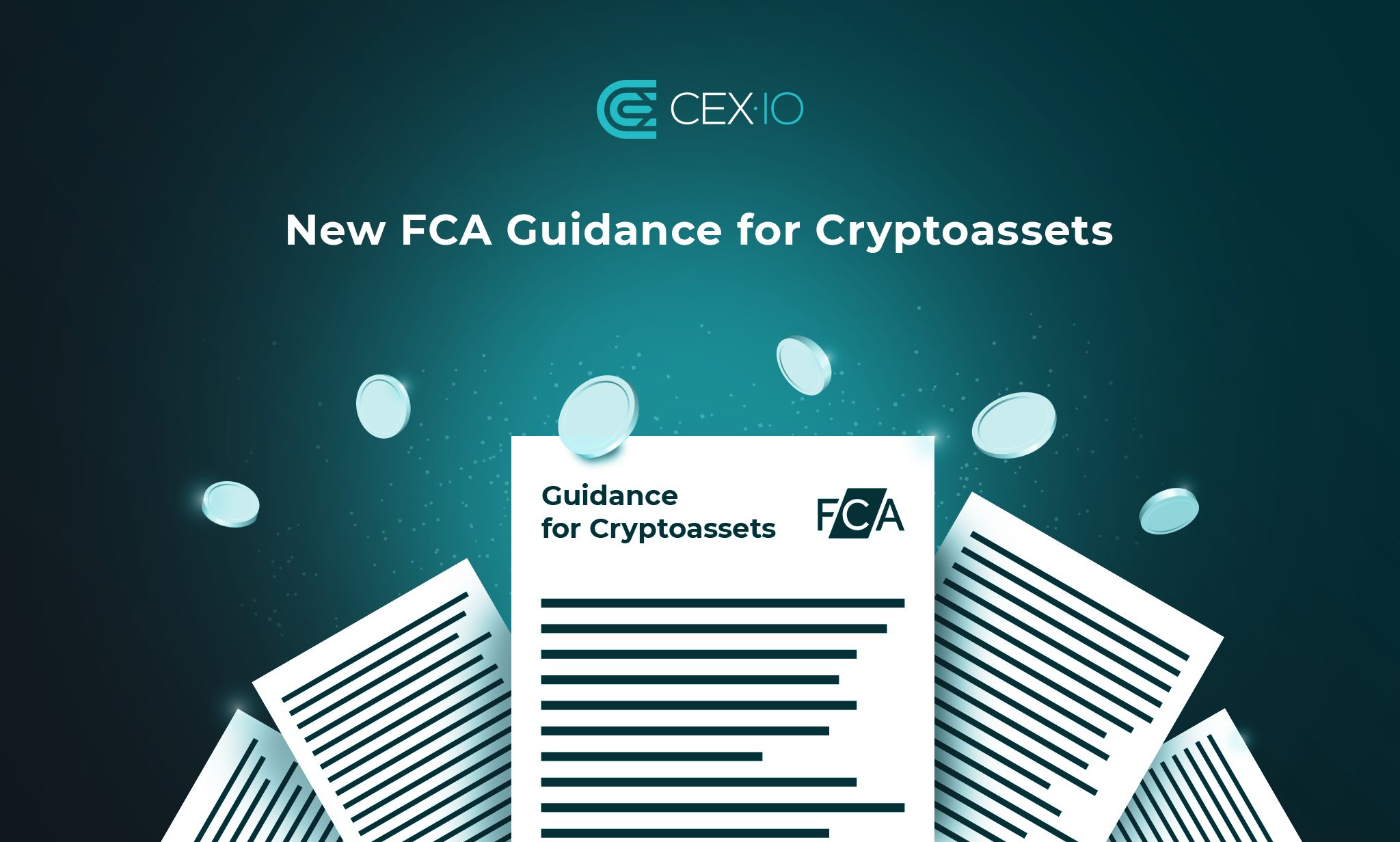In January 2019, the Financial Conduct Authority (FCA) issued Consultation Paper CP 19/3: Guidance on Cryptoassets, within which they expressed their preliminary vision of regulating crypto asset-related activity and classifying crypto assets. The FCA invited CEX.IO to consult on development of the regulatory framework and work on the next version of the guidance, and we gladly accepted the invitation. In our submission, we pointed out the importance of token taxonomy, namely defining and categorizing e-money tokens. At the end of July, the FCA issued new guidance with a special focus on clarifying token regulations and implemented our proposals.
In the previous guidance — the consultation paper issued back in January 2019 — the FCA defined three categories of tokens: exchange tokens, security tokens, and utility tokens. By that time, the UK financial watchdog concluded that exchange and utility tokens may not be included within the regulatory perimeter. Some tokens have fallen under the European Union’s Markets in Financial Instruments Directive (MiFID) regulation as security tokens. In the meantime, other stablecoins with e-money characteristics remained unregulated.
Exchange tokens could be used to facilitate regulated payments. So there is a need to extend the regulatory perimeter for money remittance. Also, there are some tokens the main purpose of which is to facilitate regulated payments, and in many instances, these tokens meet the definition of e-money.
From the very beginning, the process of creating the new guidance was transparent and took into account input from industry players. Both as an independent crypto exchange and a member of CryptoUK, we’ve made proposals to put crypto assets meeting the definition of e-money into a separate category called “e-money tokens” and include them into PSR/EMR. This was highlighted in our submissions to the FCA and consultations on crypto assets. The latest version of the guidance reflects our recommendation in full.
Vitaliy Kedyk, Executive Director of CEX.IO: “The FCA’s position on e-money tokens brings additional clarity to the market and provides guidance for industry players. Such improvement will bring clarification for market players as to whether crypto assets fall under the existing regulatory perimeter. CEX.IO also shares the FCA’s position that not every stablecoin falls into the e-money category, because to do so it has to fully meet the definition of electronic money. For example, the recent investigation around USDT proved that it was not actually issued on the receipt of funds, which directly contradicts the definition under EMD. Now, if a company decides to issue an e-money token, this action will be properly regulated by the FCA”.
CEX.IO is constantly working with regulators all around the world to drive cryptocurrency adoption under a regulatory umbrella. We strive to meet compliance requirements and maintain trust with millions of clients across the globe. This includes developing and implementing AML/CFT, cybersecurity, and fund protection measures, complaints handling and fair advertising policies, procedures, and internal controls.
As part of the UK FinTech industry, we welcome the important steps of the FCA on the path of establishing a regulatory framework for the industry. We believe that regulation will lead to the wide adoption of crypto assets on the UK market and will bring trust to crypto assets from the consumer’s perspective. In our opinion, a mindful approach to regulation is a path to success for crypto businesses in particular and financial markets in general.
